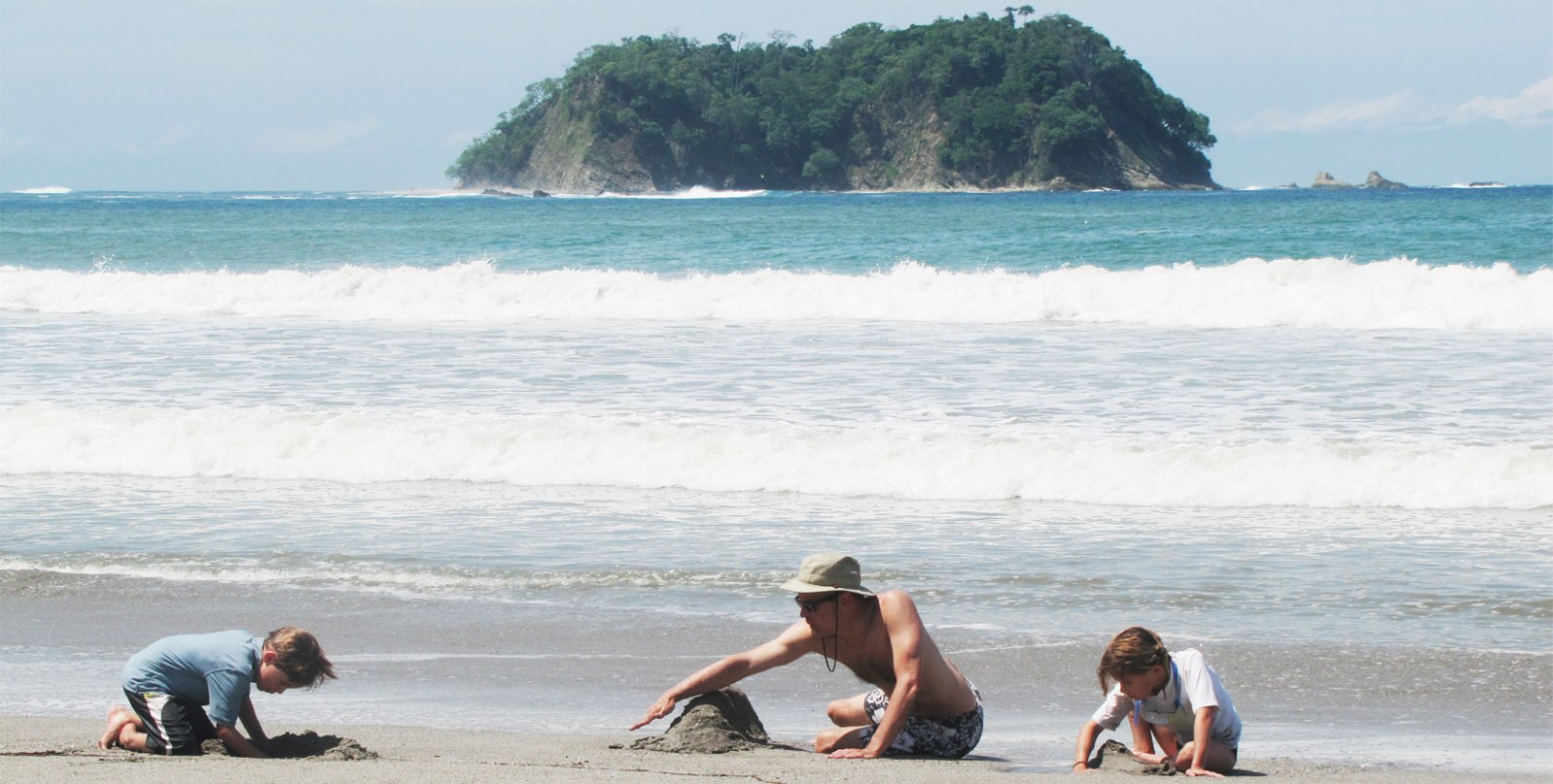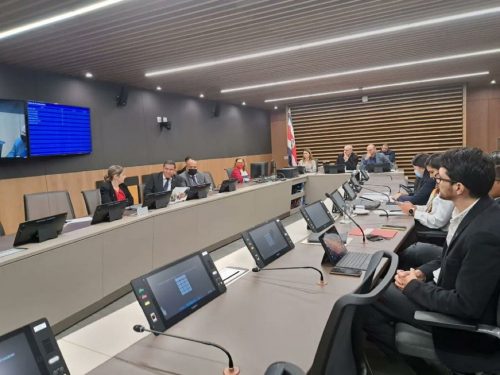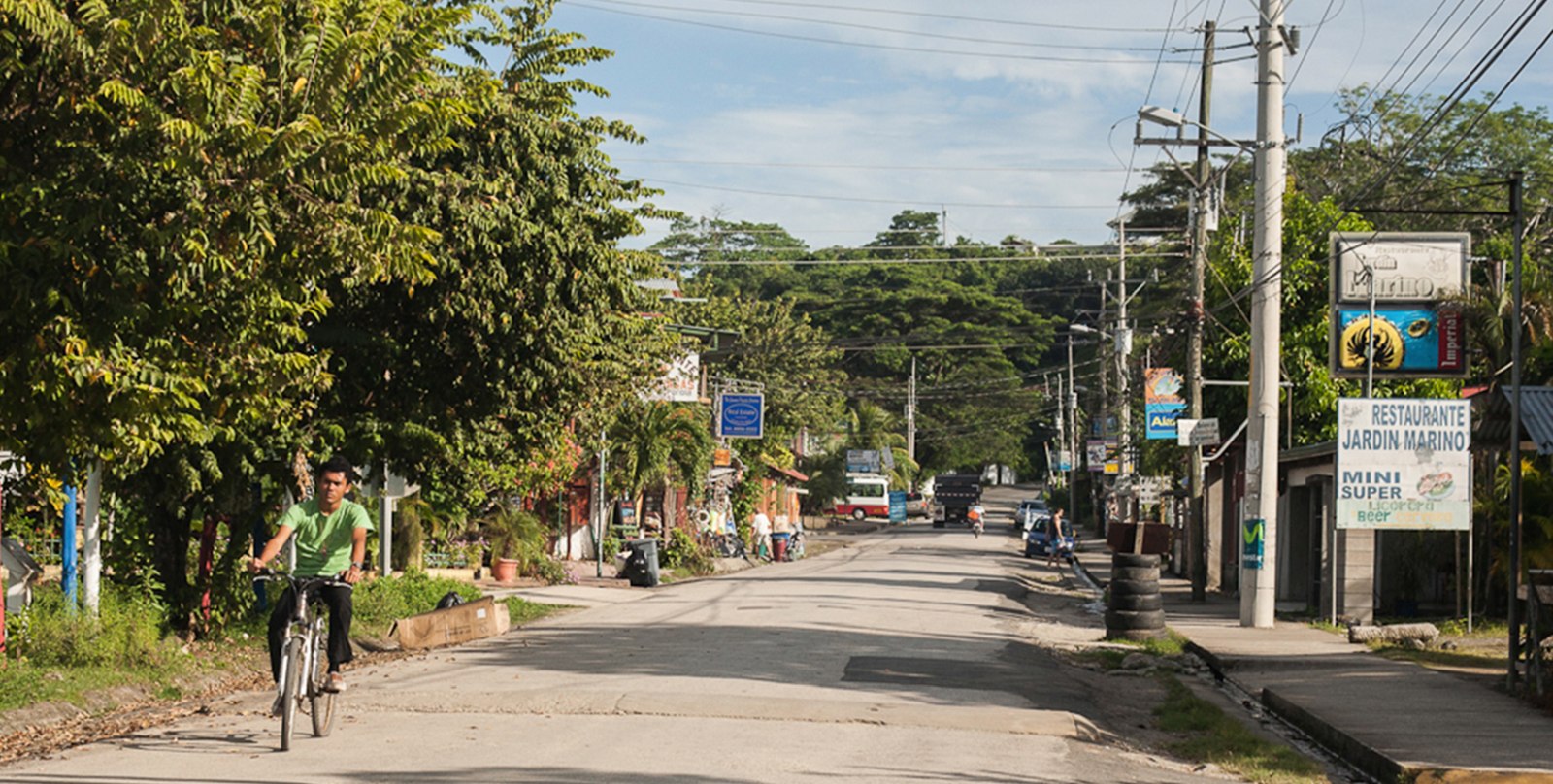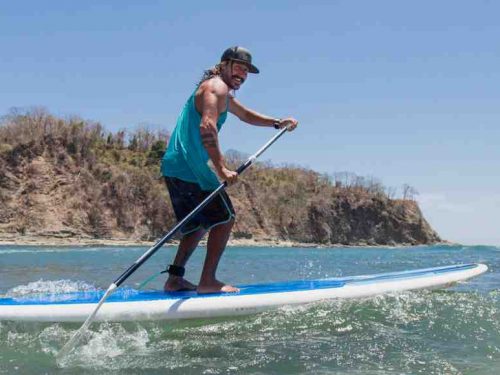
The National System of Conservation Areas (SINAC– Sistema Nacional de Áreas de Conservación) has formed a commission to study Chora Island, off the shore of Samara, to determine how to manage it in the future.
Norma Rodriguez, from the regional office of SINAC, the Tempisque Area of Conservation (ACT), related that when the small island was declared a National Wildlife Refuge on May 20, 2002, it was the result of pressure from the local community to prevent granting a concession to develop the island and preserve it in its natural state.
The four-hectare (9,884-acre) island is located about 300 meters from Punta Indio, on the south end of Samara Beach, and is home to at least six species of trees, 11 types of birds, several reptiles, snakes and raccoons, according to Gerardo Martinez, head of the office of the Ministry of Environment and Energy (MINAE) in Nicoya.
In addition, the island is surrounded by reef, making it a pleasant site for snorkeling and scuba diving. An independent marine biologist was contracted as a consultant to conduct an inventory of the local fauna and the reef and the biological part of the study was completed in January.
“They believed [the island] was richer, especially in corals. What they have found is that many of these corals are dead,” Rodriguez reported.
She said that this has been happening in many sites in Costa Rica, and theories for why the coral is dying include climatic change, since they are very sensitive to changes in temperature, as well as developments causing sedimentation that makes it hard for the coral to have access to the sun and to breathe, causing it to die.
The management plan will establish which species are most sensitive and should be given priority and establish annual monitoring, Rodriguez explained.
She assured that nothing will be built on the island, although they might install signage since the area is of interest for tourism.
The management plan includes biophysical and social diagnostics and studies of current uses of the island. Rodriguez said it is a participatory process, so as the commission proceeds in its studies, they will be contacting local groups who have an interest in the island to include them and together define a mission for the refuge, identify threats and develop strategies to diminish those threats.She estimated that the plan should be complete in about 6 months, sometime around October.







Comments